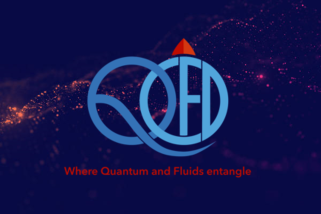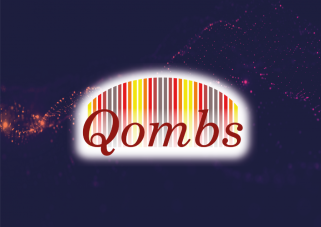
NV centers
Diamonds are known to be beautiful and ever-lasting jewels. Pure diamonds are transparent for visible light, but they can get a color due to the inclusion of defects called color centers. One of them, the NV color center gives a pink color to diamond. NV color centers can be incorporated in a controlled way in artificial diamond crystals that are grown with high purity and high crystalline quality using chemical vapor deposition techniques.
The NV center is a point defect where one carbon atom in the diamond’s crystal lattice is replaced by an nitrogen atom (N) and an adjacent lattice site is left empty (vacancy, V). The NV color center emits a red fluorescence signal (600–800 nm) when illuminated with green light (532 nm). It is an atom-like system with well-defined spin properties. It can be optically polarized (one spin direction more prevalent than the other) and the fluorescence signal can be used to detect the spin transition from “no spin” to “spin up” or “spin down” induced by a microwave radiation. A drop in the fluorescence shows the occurrence of a resonance. The spin properties of the NV centre in diamond makes it a natural sensor for the magnetic field. When an external magnetic field is applied, the transition from “no spin” to “spin up” and from “no spin” to “spin down” differ as a consequence of the Zeeman effect and one gets two resonance frequencies. The difference between these two frequencies is directly proportional to the magnetic field.
Single crystal diamonds can be grown with dimensions of a few mm square over a few hundred µm thickness. They can be processed with perfect optical quality and nano-objects like all diamond AFM tips can be produced. The nitrogen atoms can be implemented with a few tens nanometer lateral precision and a few nanometers below the crystal surface which allows one single NV to detect the magnetic moment of a single molecule. This makes possible a wide variety of applications in quantum technology.








